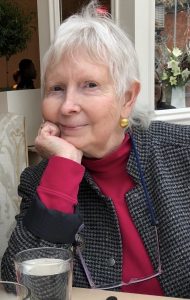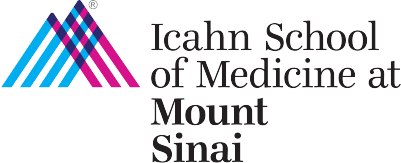Dr. Shaw’s Virtual Histology
Center for Anatomy and Functional Morphology
Department of Medical Education
Daniella F. Curcio, Ph.D.
Course Director of Structures
You may select different Labs from the list below or the drop down on the menu bar.
After selecting the Lab, choose a virtual slide by clicking on the desired thumbnail.
Labs:
Cell Structure
Epithelium
Connective Tissue
Nervous System
Muscle
Lectures only:
Respiratory System
Heart and Blood Vessels
Blood
Hematopoiesis
Kidney
Endocrine System I
Lymphoid Organs
Upper GI
Lower GI
Female Reproductive System
Male Reproductive System
Cartilage and Bone
Osteogenesis
Salivary Glands
Endocrine System II
Skin
 Dr. Phyllis A. Shaw pioneered the development of the Mount Sinai’s Virtual Histology. She is among the first educators in this country to pursue the implementation of virtual technology in Histology laboratories, with the support from our outstanding IT team, always honoring the input from the thousands of students she has taught. Dr. Shaw was in charge of Histology for our first year medical students for 27 years. With a BS degree in Chemistry and Math from Austin College, an MS in Medical Genetics, and a PhD in Molecular Biology and Biochemistry from the University of Texas Graduate School of Biomedical Sciences, Dr. Shaw joined Mount Sinai in 1984 and established a very active NIH financed research program at Sinai for approximately 25 years. She is a much beloved teacher and mentor, who cares deeply about her students’ wellbeing, and is always interested in making medical education more accessible and engaging. Dr. Shaw has been honored with a number of awards for her excellence in teaching and innovation in medical education, including the Outstanding Pre-clinical Teaching Award and a Lifetime Achievement Award from the medical students in 2018. One year prior to that, she published Egocentricity: Time Spin—a collection of poems originally written in the 1960s and 1970s. Dr. Shaw is currently retired and splits her time between New York and Texas, always involved in new scientific and poetic endeavors.
Dr. Phyllis A. Shaw pioneered the development of the Mount Sinai’s Virtual Histology. She is among the first educators in this country to pursue the implementation of virtual technology in Histology laboratories, with the support from our outstanding IT team, always honoring the input from the thousands of students she has taught. Dr. Shaw was in charge of Histology for our first year medical students for 27 years. With a BS degree in Chemistry and Math from Austin College, an MS in Medical Genetics, and a PhD in Molecular Biology and Biochemistry from the University of Texas Graduate School of Biomedical Sciences, Dr. Shaw joined Mount Sinai in 1984 and established a very active NIH financed research program at Sinai for approximately 25 years. She is a much beloved teacher and mentor, who cares deeply about her students’ wellbeing, and is always interested in making medical education more accessible and engaging. Dr. Shaw has been honored with a number of awards for her excellence in teaching and innovation in medical education, including the Outstanding Pre-clinical Teaching Award and a Lifetime Achievement Award from the medical students in 2018. One year prior to that, she published Egocentricity: Time Spin—a collection of poems originally written in the 1960s and 1970s. Dr. Shaw is currently retired and splits her time between New York and Texas, always involved in new scientific and poetic endeavors.
By Slavena S. Nissan, Matthew Hernandez, and Daniella F. Curcio.
